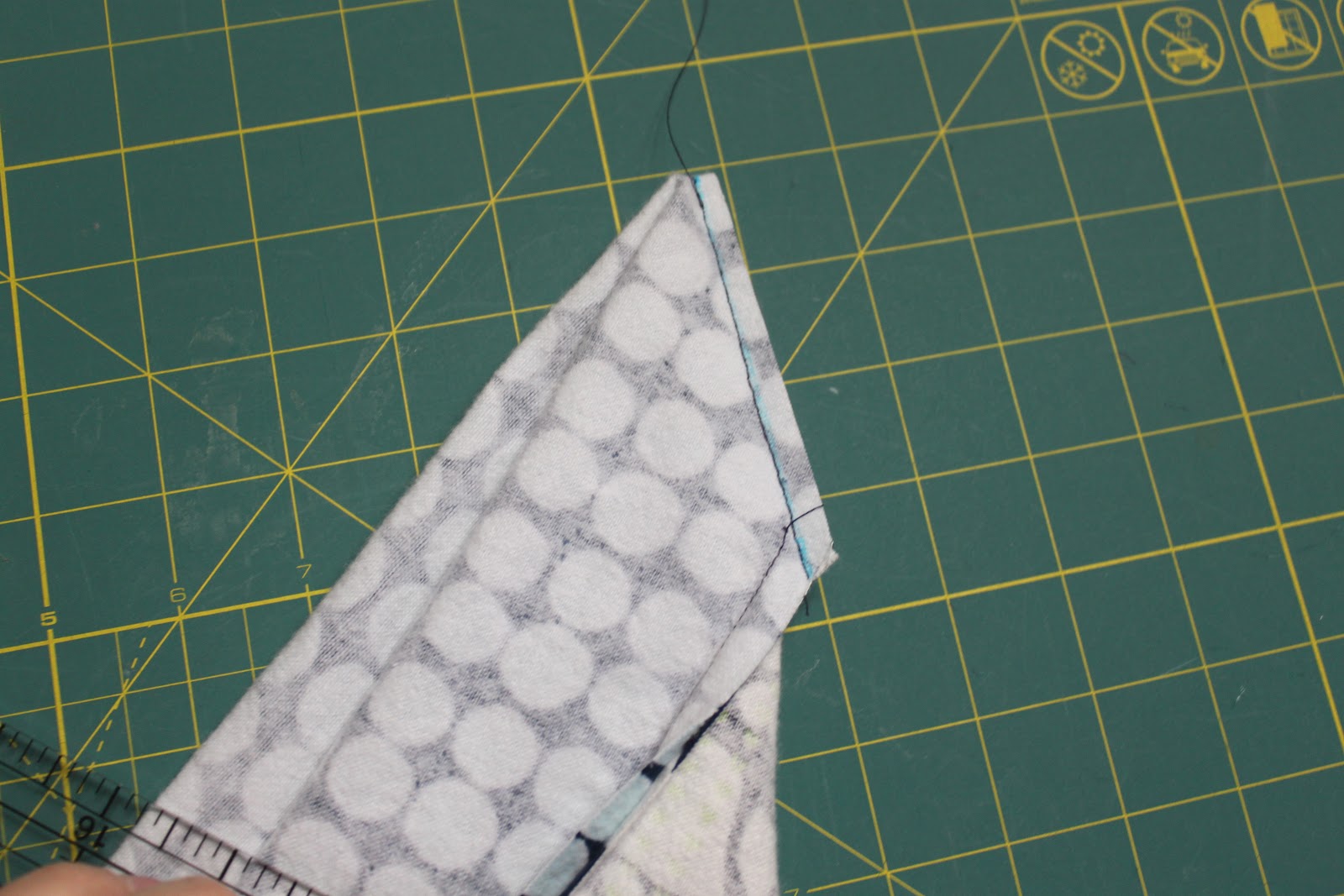It’s a cold, blizzarding night in Minnesota… you know what that means… time to throw on the sweats, hunker down inside and watch the snowflakes fall. Enjoy it before you have to don the boots and head out to shovel!
my snowy cold backyard tonight
Cold weather and being stuck inside means one other thing—an easy pasta meal.
We love to cook! A few
years ago Carl and I decided to cut down on processed food and try harder to
make our own meals. It’s been an awesome journey with some fun mistakes, great
memories and more than a couple bottles of wine.
One of our favorite
go-to recipes is a super simple pasta recipe from Rachel Allen. It’s made
mostly from kitchen staples with a bit of fresh rosemary and some freshly
grated parmesan (which has become a kitchen staple in our house!) Her recipe
calls for spicy chorizo sausage. It’s awesome but we’ve tried different meats
with it and anything goes! The sauce is really the star of the
show.
The beauty of this
recipe is that once you’ve got your ingredients prepped, you can get it rockin’
on the stovetop, throw the pasta in to boil and by the time the pasta is done,
so is your sauce. A true 30 minute dinner.
Here goes… try it and I
promise you’ll never smother that precious pasta with a jar sauce again.
Tomato Pasta with Cream
2 tablespoons butter or olive oil (or a little of both)
2-28oz. cans of diced
tomatoes (you can use fresh, too… but save yourself the trouble. ;)
4 cloves garlic, grated
or finely chopped
2 teaspoons chopped
fresh rosemary (not a rosemary fan? try 2-3 tablespoons of fresh basil)
a pinch of sugar
a pinch of dried red chili
flakes
¾ cup cream
2 tablespoons chopped
parsley
4 tablespoons freshly
grated parmesan
8oz. chorizo sausage (or other protein of your choice...or none at all)
8oz. chorizo sausage (or other protein of your choice...or none at all)
1 pound of pasta (penne,
rigatoni, bowtie…whatever you like really!)
Directions:
1. Melt
the butter or olive oil in a large saucepan and add the chopped tomatoes,
garlic and rosemary. Season with salt and pepper and a pinch of sugar. Simmer together to combine the flavors, about 5 minutes.
2. Add the
chorizo (or whatever protein you choose or none at all!) to the pan with the chili flakes,
cream and half the chopped parsley. Simmer with the lid off until the mixture
has reduced by half, about 10 minutes, stirring frequently. Take off the heat
and check and adjust the seasoning. (a good tip when combining a milk product with acidy tomatoes--bring your milk/cream up to room temperature to give a lesser chance of curdling)
3.
Meanwhile cook the pasta in a large pan of salted boiling water until it is
slightly al dente (8-10 minutes). Once cooked, drain and toss with the sauce.
4. Plate
the pasta in a big serving bowl and scatter with the grated parmesan cheese and
the rest of the parsley and serve immediately.
This is great as a
make-ahead meal. I always think it’s even better day two after the sauce has
taken a day to soak into the pasta.
Walk
away from the jar and try this one on!
What else are the Johnsons up to on a cold boring night?
GiGi has been kickin' it on her rolling! Tummy time is her new favorite thing.
My daddy's girl Curly Girl snuggles with dad on the couch. Love that pout!


























































